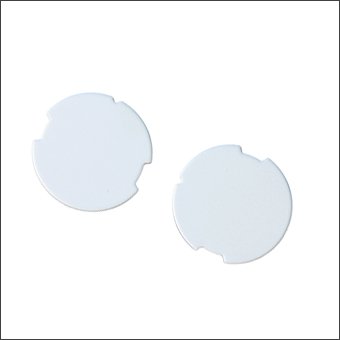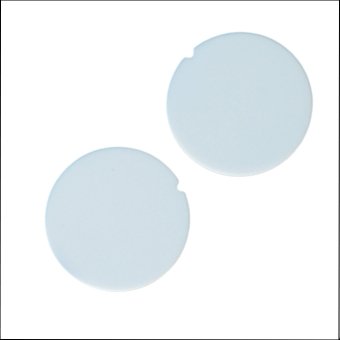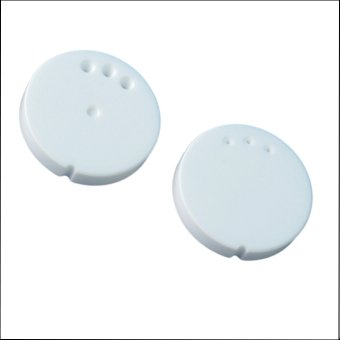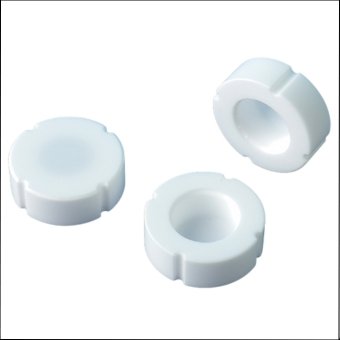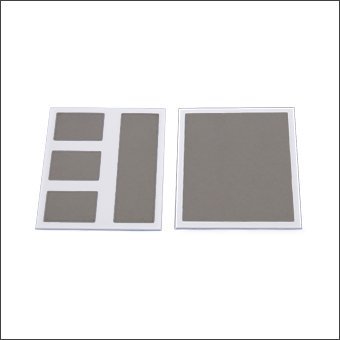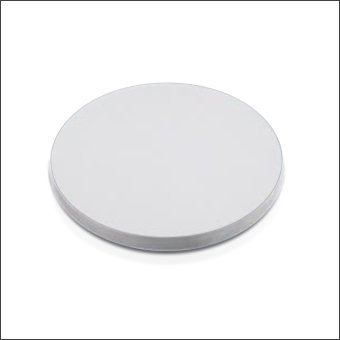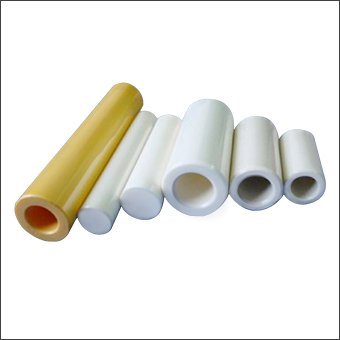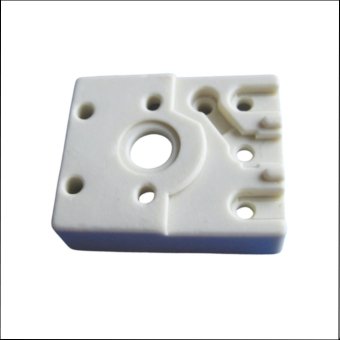Key Application
–Automotive Industry: Applications include engine control systems, fuel injection systems, and tire pressure monitoring systems (TPMS).;
–Industrial Automation and Control: Applications in process control, environmental control, hydraulic and pneumatic equipment, servo valves and drives, etc.;
–Medical equipment: Used in blood pressure monitoring devices, ventilators, and anesthesia machines to monitor and control gas or liquid pressure.;
–Environmental and safety monitoring: used for gas sensors, humidity sensors, and natural environment monitoring..
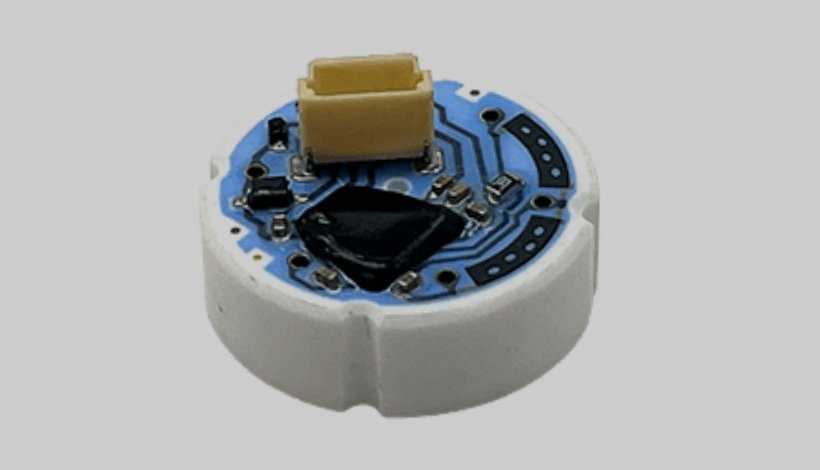
Your Reliable Sensor Ceramic Parts Partner
Jinghui Ceramic is a manufacturer of advanced ceramic products with 10+ years of production experience. Our cermic components for sensor are mainly based on alumina and zirconia ceramic. Our production processes include dry pressing, hot pressing. Combined with precision sintering at temperatures exceeding 1600°C, we ensure product density exceeding 99%, minimizing dimensional deviation and cracking.
As we all know, sensor ceramic parts are often customized to meet customer requirements, and the customization requirements vary across industries and applications. We can provide customized ceramic components of different sizes, shapes, and specific properties according to customer needs.
We are committed to implementing our technology and creating value through our experience. Therefore, we are not just a supplier, but also a partner. We look forward to welcoming you.
Product By Applications
Sensor ceramic parts are mostly customized according to customer requirements, and different industries and applications have different requirements for customization.
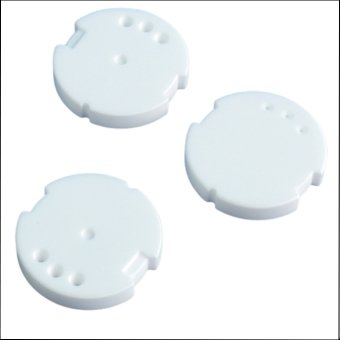
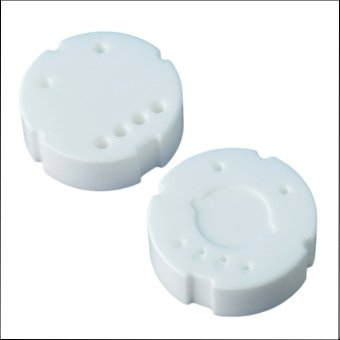

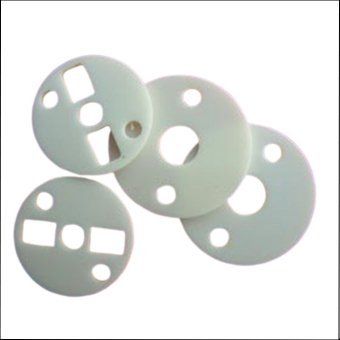
Customized with holes of different sizes and shapes..
Sensor Ceramic Core Material Advantages
Sensor ceramics were created to meet the material needs of rapidly developing technologies such as piezoelectric ceramic elements, Pyroelectric ceramic elements, and pressure/gas/humidity sensors.
Ceramics have strong resistance to high temperatures and harsh environmental conditions, and are often used in high-temperature processing.
Ceramics possess a variety of electromagnetic properties, including insulation, magnetism, dielectric properties, and conductivity (semi-conductivity), which can be controlled through composition and processing, making them suitable for various sensing mechanisms.
Ceramics are recognized as a material with high elasticity, corrosion resistance, wear resistance, and resistance to impact and vibration. They exhibit low hysteresis, good fatigue resistance, and good long-term stability.
Ceramics are mainly made from inexpensive materials, resulting in relatively low sensor prices. Their microstructure can be easily adjusted by controlling composition and sintering conditions, thereby altering their electrical, magnetic, optical, thermal, and mechanical properties.
Quality and Reliability of Sensor Ceramic Parts
We offer in-depth customization services. Regarding shape and size, we can adjust them to your needs. In terms of performance, we can optimize the component’s sensitivity, temperature range, frequency response, and other characteristics by adjusting the composition of the ceramic material and integrating different sensing mechanisms (such as piezoresistive and capacitive effects). Provide your specific performance requirements and application environment, and our engineering team will provide you with a tailor-made solution.
Ceramic materials can simultaneously meet stringent requirements such as high temperature resistance, excellent electrical insulation (insulation level >2kV), high elasticity, corrosion resistance, wear resistance, and impact and vibration resistance. Before breakage, the stress-strain relationship remains linear, making them ideal for manufacturing elastic elements operating at high temperatures. Furthermore, ceramic materials are relatively inexpensive, and their comprehensive performance advantages make ceramic sensors an ideal choice for many applications.
This depends on the specific type of ceramic material and the product design. For example, our alumina ceramic components can operate stably in a range of -40°C to 135°C or even higher.
Piezoelectric ceramics (such as PZT) convert mechanical forces (pressure, vibration) into electrical signals and are widely used in force, sound, and acceleration sensors. Pyroelectric ceramics (such as lithium tantalate), on the other hand, are highly sensitive to temperature changes, especially infrared radiation, and are mainly used in non-contact temperature measurement and infrared detection. In short, piezoelectric ceramics sense “force,” while pyroelectric ceramics sense “heat (infrared radiation).”
Ceramics do indeed possess high hardness but are also relatively brittle. However, ceramics are also recognized as materials resistant to impact and vibration. Through optimized structural design (such as reinforcing ribs and avoiding stress concentration), precise sintering processes to control grain size and distribution, and reasonable installation methods, we have significantly improved the reliability of our products in vibration environments.




